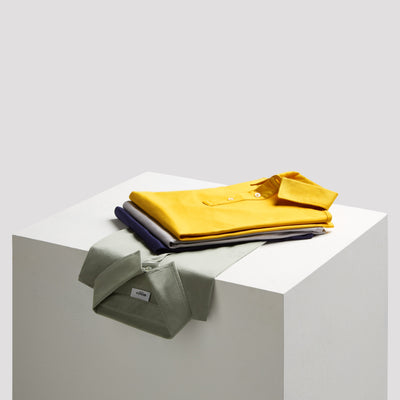Clothing and The Craft Movement
It doesn’t seem that long ago that choice in what we wore was determined by what large retailers decided should be sold based on trend ideas from market forecasters such as WGSN. Before retailers truly became multinational, an enjoyable aspect of travel was the inadvertent (or otherwise) discovery of a small local designer or brand.
 With globalisation came increased competition on high streets everywhere. This made it more difficult for small, local brands to compete with multinationals either for same use or different (coffee shop, anyone?).
With globalisation came increased competition on high streets everywhere. This made it more difficult for small, local brands to compete with multinationals either for same use or different (coffee shop, anyone?).
For a period from the early 90s to about five years ago, consumer choice became narrower, and certainly it was more difficult (although not impossible) to discover new, local brands at home or abroad simply because they had ceased to be (or at least vastly reduced in number). It made overseas travel a little duller. Of course, if you were travelling further afield there would always be new things to discover, but certainly European retailing became relatively homogenous, and, dare we say, less interesting.
But change has been afoot. As with, for example, the drinks industry where small independents have been thriving for a decade or more as part of a resurgent craft movement, the ‘fashion’ business has also been changing rapidly. With internet shopping ever more convenient, shopping platform technology ever better and logistics more efficient, it is now possible for someone with a good idea to bring their passion to a new audience without having to rely on old-fashioned retail routes to market. We are proud to be part of this vanguard: making bespoke-level quality items with specific colours and prints to a signature fit, and in comparatively small numbers.
And that's perhaps the best thing about the craft movement: you get to enjoy something that's not in mass circulation, something a little more individual.
